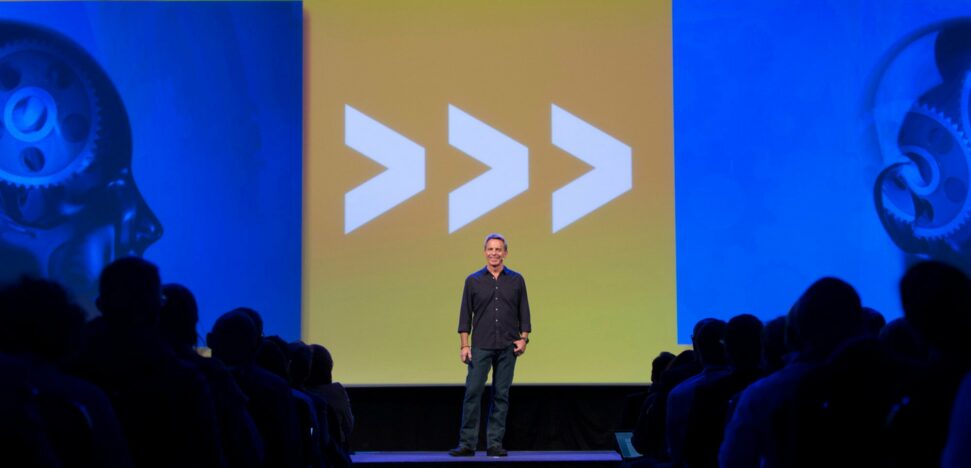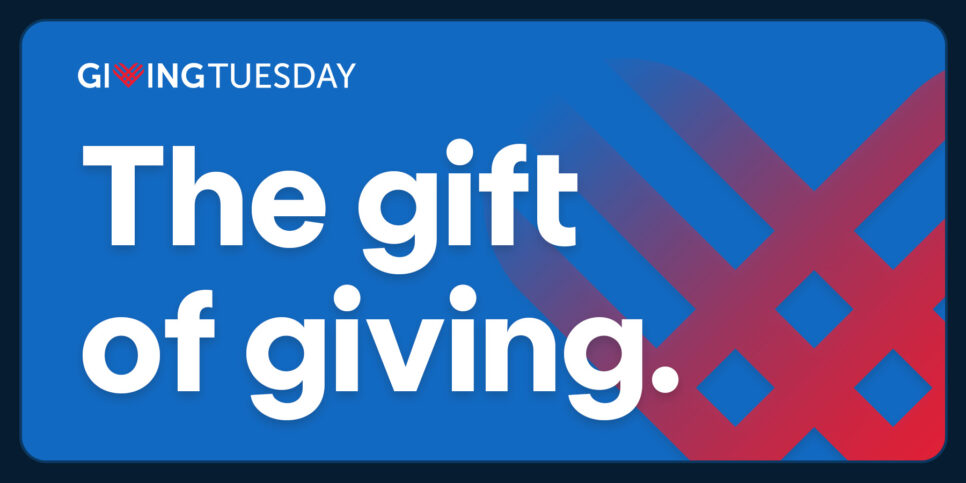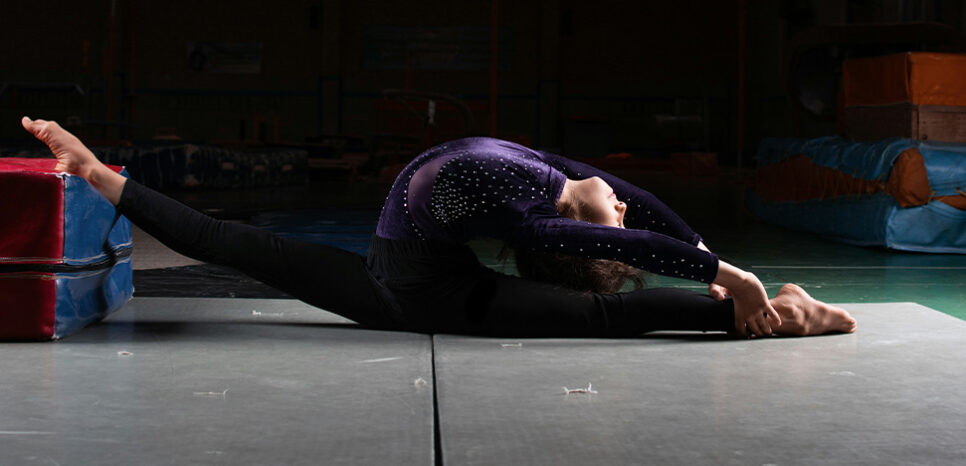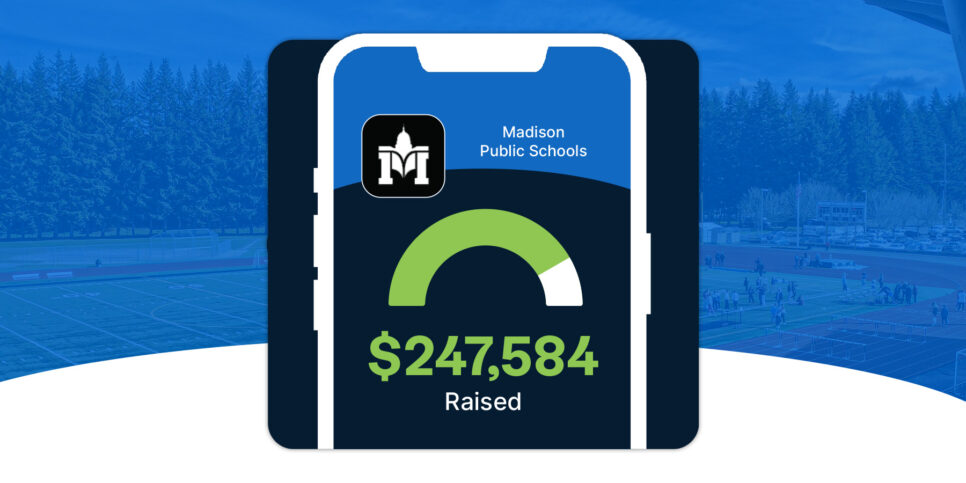

In his TED Talk “The Way We Think About Charity is Dead Wrong“, fundraising expert Dan Pallotta makes an audacious claim that should grab the attention of anyone who has ever had to fundraise for a non-profit like a foundation or a school: “overhead matters.”
Pallotta challenges the stigma around non-profit organizations investing some of their donations into overhead that helps them retain top talent and expand their reach and impact. See what he means when he talks about fighting a “small pie mentality,” and learn how strategic investment in the right overhead can help your fundraiser not merely return a bigger slice of pie – it can help you expand the entire pie.
The Overhead Myth
There’s a deep-seated stigma in the world of charity and non-profit giving. That stigma is about fundraising overhead. Professional fundraiser Dan Pallotta puts it like this:
“We’ve all been taught that charities should spend as little as possible on overhead – things like fundraising – under the theory that the less money you spend on fundraising, the more money there is available for the cause. That’s true if it’s a depressing world in which this pie cannot be made any bigger. But if it’s a logical world in which investment in fundraising actually raises more funds and makes the pie bigger, then we have it precisely backward, and we should be investing more money, not less, in fundraising, because fundraising is the one thing that has the potential to multiply the amount of money available for the cause that we care about so deeply.”
Pallotta goes on to discuss his most successful charities – AIDS Ride bicycle rides and Breast Cancer 3-Day events – that flourished because of overhead and tanked without it. Despite over $100M raised to fight HIV/AIDS and over $190M raised to fight breast cancer, Pallotta’s non-profit went out of business when its sponsors pulled out after bad press surrounding the idea that 40% was invested into overhead.
Just like that, two of the world’s most successful charities were stopped in their tracks. Why? Because of a destructive double standard.
The Bigger the Pie, The Bigger the Impact
“We’ve all been taught that the bake sale with five percent overhead is morally superior to the professional fundraising enterprise with 40 percent overhead, but we’re missing the most important piece of information, which is: What is the actual size of these pies? Who cares if the bake sale only has five percent overhead if it’s tiny? What if the bake sale only netted 71 dollars for charity because it made no investment in its scale and the professional fundraising enterprise netted 71 million dollars because it did? Now which pie would we prefer, and which pie do we think people who are hungry would prefer?”
Pallotta speaks to a longstanding belief about nonprofits that it’s somehow unethical if every penny isn’t going directly to the cause. The sentiment is understandable – when you donate to a cause, you want those in need to receive the full benefit of your contribution.
However, anyone who has ever been required to fundraise knows one thing: fundraising takes time and energy.
Effective fundraising requires strategic marketing, coordinated outreach, and serious manpower. In short, it requires overhead. This overhead is an investment that not only creates a successful fundraiser – it expands the reach of the fundraiser and expands the pool of potential donors.
Accountability of funds is essential, but so is overhead. The most successful nonprofits and charities, Pallotta argues, invest in the overhead they need to expand their reach and ultimately raise more funds for their cause. They invest in marketing and talent. They invest strategically and confidently. They are fundraising professionals who run fundraisers like they would run a successful business.
That’s why investing in a professional fundraising solution doesn’t just give you back a bigger slice of the pie – it expands the entire pie.
Pallotta thinks the question of “what percentage of overhead does a company take?” is dangerously misleading. “It makes us think that overhead is a negative, that it is somehow not part of the cause. But it absolutely is, especially if it’s being used for growth. This idea that overhead is somehow an enemy of the cause creates this second, much larger problem, which is, it forces organizations to go without the overhead they really need to grow, in the interest of keeping overhead low.”
The correct question is, according to Pallotta, is this: Is the organization leveraging the overhead in an effective way?
For when that overhead is leveraged effectively, as it was in the case of Pallotta’s work, it leads to record amounts raised for charity.
Overhead in Fundraising for Education and Sports
Pallotta’s TED Talk, like his 2008 book Uncharitable and its 2012 follow-up Charity Case, explores the importance of overhead in charities. However, the same logic can be applied to any non-profit, as well as to social enterprises and other for-profit businesses working in the social impact space.
Snap! Raise was created with one goal in mind: to shoulder the burden of fundraising, giving back the time, energy, and resources leaders need to make a difference in their communities. Our mission is to make fundraising easier for those whose time is better spent elsewhere – in this case, youth coaches and educators who dedicate their lives to teaching and leading kids.
Snap! Raise isn’t a charity or a foundation or even a non-profit – it’s a data-driven business grounded in the principles of social enterprise, designed to expand the entire fundraising pie. Operating on a simple 80/20 fee structure, the Snap! Raise digital fundraiser has grown to deliver on a scale that was perceived as impossible just a few years ago. Since 2014, over 80,000 academic and athletic programs throughout the United States have raised over $385M with the much-needed benefit of minimal time and effort invested.
Our most trusted community leaders signed up to be band directors, basketball coaches, and educators – not fundraising experts – and when they can focus solely on the extraordinary work they do, good things happen. Snap! Raise makes sure they have the resources they need to flourish.
Dan Pallotta maintains that fundraising fees are a worthy investment when they lead to improved outcomes – just look at AIDS Ride and Breast Cancer 3-Days.
“They raised more money more quickly for these causes than any events in history,” Pallotta explains, “all based on the idea that people are weary of being asked to do the least they can possibly do. People are yearning to measure the full distance of their potential on behalf of the causes that they care about deeply. But they have to be asked.”
As Dan Pallotta insists, overhead is nothing to be afraid of. It helps you reach more supporters, raise more money, and run your organization more efficiently. And when that overhead requires no initial investment, coming only after the fundraiser has concluded – as in the case of Snap! Raise – then there’s absolutely nothing to lose.




